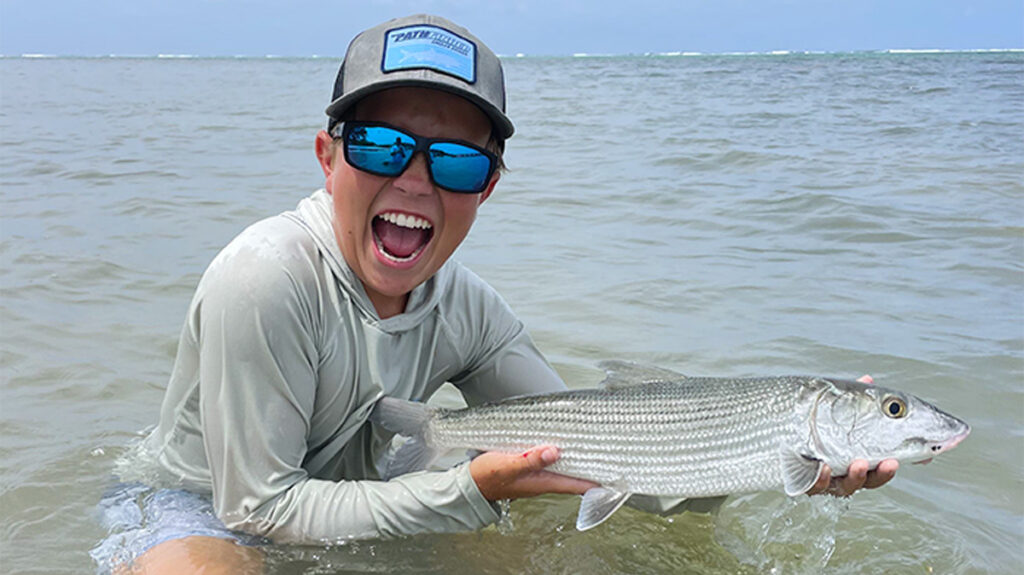The Florida Fish and Wildlife Conservation Commission (FWC) is set to expand its Catch a Florida Memory Saltwater Angler Recognition Program with new saltwater fishing record categories starting January 1, 2024.
This includes a Youth Weight category for anglers under 16 and youth and Adult Length categories for catch-and-release achievements. It’s also suitable for anglers who frequently fish at Sebastian Inlet.
Target species for the length categories are red drum, bonefish, permit, and snook, with a minimum size of 10 inches. The youth weight category includes species like blackfin tuna, cobia, dolphinfish, flounder, gray (mangrove) snapper, gray triggerfish, hardhead catfish, red grouper, sheepshead, Spanish mackerel, spotted seatrout, and yellowtail snapper, with a minimum weight of 1 pound.
Records require photographic evidence and notarized applications, available at CatchaFloridaMemory.com/Records. Approved records earn a certificate, decal, and custom metal fish decor. For the youth and adult length record categories, video submissions are permissible.
The program, part of FWC’s efforts to promote diverse fishing experiences, is supported by fishing equipment and license sales.
Applications for youth and adult records need to be submitted no later than three months following the date of the catch. If you have questions about the Catch a Florida Memory program, email AnglerRecognition@MyFWC.com or call 850-487-0554.
Proper Fish Handling Tips
When handling fish, especially redfish, minimal contact is crucial. Use wet hands to avoid removing their protective slime, which is essential for preventing infection and aiding movement. Match your gear to the fish size to reduce stress and quickly land the fish. Large species like sharks or tarpon should be reeled in within 20 minutes to avoid exhaustion. If your catch often seems too tired, consider heavier tackle.
Use a knotless, rubber-coated net to support the fish’s weight gently. Fish are naturally horizontal swimmers, so avoid holding them by the jaw, gills, or eyes. Larger fish, like tarpon, shouldn’t be lifted into the boat or dragged over the side, as this can harm their internal organs.
For toothed fish, use a grip tool for the front and support the belly with your other hand for even weight distribution. Do not transport unharvestable fish elsewhere for weighing or measuring. Remove hooks carefully, but if the fish is gut-hooked or agitated, cutting the line near the hook is safer while the fish is still in the water.
Utilize dehooking tools to reduce handling time and injury risk. When releasing, do it head first to help water flow through the gills, revitalizing the fish.
Pier Fishing Fish Handling
Always have a dehooking tool and line cutters ready. Only bring fish onto the pier or bridge if you plan to keep them. Target fish from bridges or piers only with equipment like pier nets or slings to support the entire body, as dropping or improperly supporting large fish can cause injury.
If you can’t lift the fish safely, cut the line near the fish before releasing it, which might involve taking the fish to the shore if you’re on a pier. Educate yourself about handling large species like sharks and goliath groupers. Visit the Saltwater Fishing Tips page for more on pier fishing and view handling tips videos for species like spotted seatrout.
